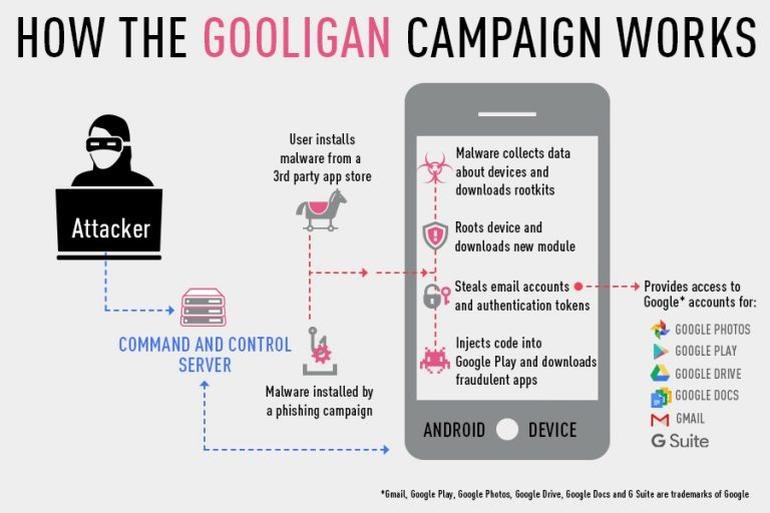Where is ransomware’s next target: Your server, phone or TV?
In its latest annual report titled Internet Organized Crime Threat Assessment Europol made a very disturbing revelation of cybercrime.
The report revealed that cybercriminals have continued to leverage on Crime-as-a-Service model in furthering the criminal activity over the internet.
The report also made it known that it is continually become more difficult to tell the difference between state-sponsored hackers and cybercriminals. With more cybercrime tool such as firearm on the Darknet becoming more available, cybercriminals are finding more opportunities to perpetrate their schemes.
According to Europol, ransomeware has become the major concern bothering on cybercrime, with the sophistication and variants of ransomwares increasing exponentially. Most of them use operate in a similar fashion; encrypt y the files stored in a victim’s computer, demands payment in form of Bitcoin, and then gives a free decryption file to prove they mean business.
Number of targets has been on the increase
At first, ransomware first targeted desktops that run on Windows OS. But Europool has revealed that mobile devices and servers of government and healthcare institutions are now becoming prime targets.
With mobile app developers advancing their skills, ransomware developers are now turning their attention to handheld devices.
According to Europol’s report, it will take ransomware which is currently in a state of great flux, to achieve the equilibrium of similar data-stealing malware which operate on year-on-year basis.
Gooligan Android malware grabs a million Google accounts in huge Google Play fraud
With most ransomware programs getting smarter, a host of other smart devices such as Android smartphones and smart TVs are adding to the increasing tally of ransomware victims.
Europol believes that the days on uncoordinated attacks are fading, as most crypto-ware programs are becoming highly focused, targeting victims of great worth. For instance, Samsam, a server-side ransomware has been targeting healthcare industries. Samsam is unique in its own right because it does takes advantages of loopholes in webservers in encrypting folders and website files, and so does not require a user to open an attachment or follow a link.
Aside ransomware, the report also made it known that phishing campaigns are becoming smarter, as targeted phishing (spear-phishing) now being targeted at influential figures like company CEOs for the sake of perpetrating fraud. The report also made case for DDoS, saying that it has grown in complexity and intensity, with criminals using it to steal data from their victims.
Data is the commodity cybercriminals have always been after. Gone are the days when data were stolen for financial rewards. Now, they are used to perpetrate advanced fraud, extort and encrypt for a ransom.



